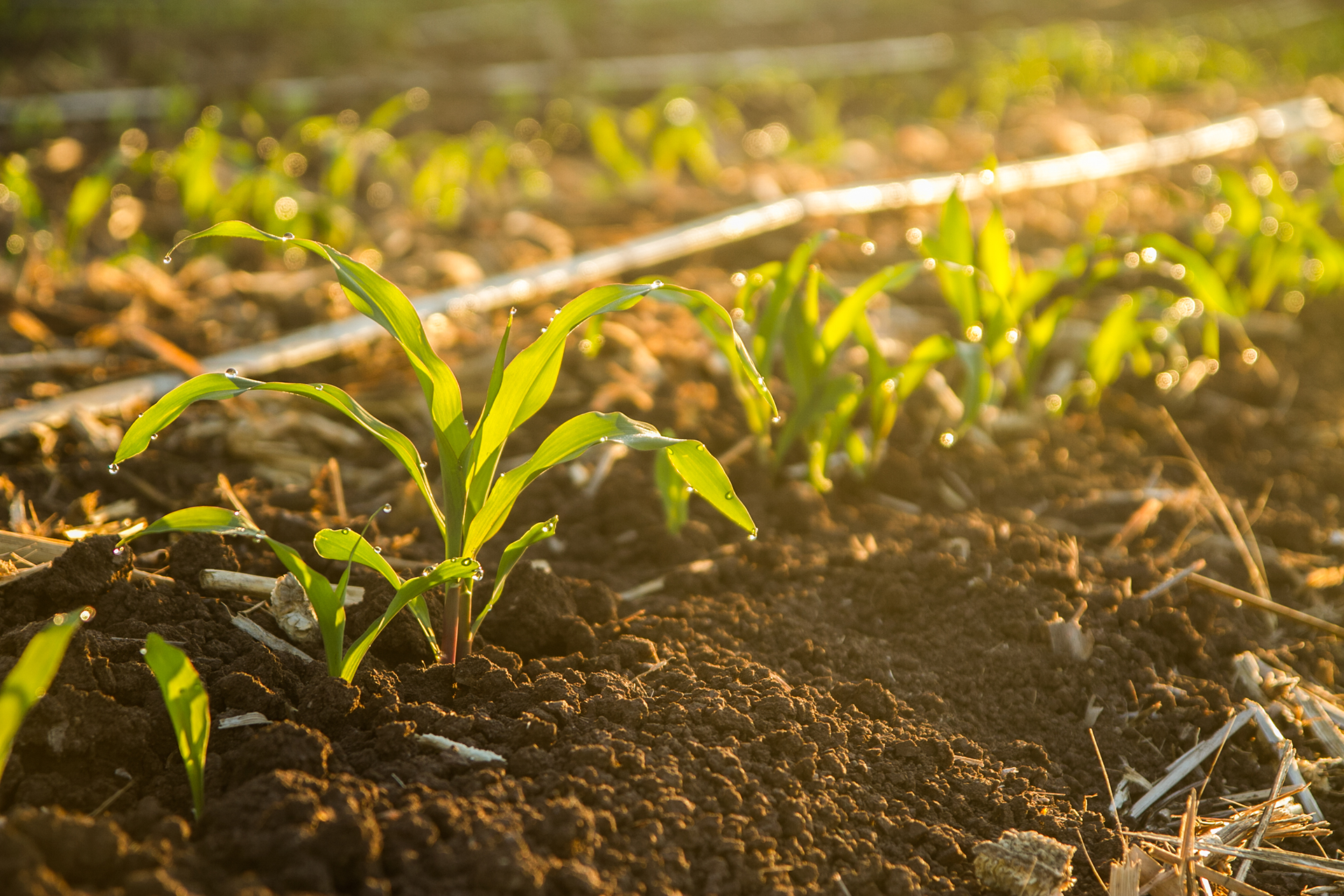A Guide to Seaweed Extracts in Agriculture
Seaweed extracts have long been recognised for their remarkable benefits in agriculture, enhancing soil health and boosting crop productivity. This article explores the science behind these extracts, focusing on two major types derived from Ecklonia maxima and Ascophyllum nodosum.
Understanding Seaweed Extracts
Seaweed extracts are derived from marine algae, primarily brown, red, and green types, each distinct in their biochemical and structural characteristics. These extracts are valued for their rich content of biostimulants — substances that promote plant growth by enhancing stress tolerance and improving nutritional efficiency.
Ecklonia maxima, sourced primarily from South African waters, is renowned for its high auxin content, significantly promoting root development. In contrast, Ascophyllum nodosum, often harvested from the North Atlantic coasts, is rich in various compounds including mannitol, vitamins, betaine, and alginic acid, offering a broad spectrum of benefits from enhanced nutrient absorption to improved stress resilience.

Comparative Analysis of Extraction Methods
The extraction method plays a crucial role in the efficacy of seaweed extracts. Bontera’s Del Mar utilises alkaline hydrolysis, a process involving the breakdown of Ascophyllum nodosum biomass with potassium hydroxide (KOH) at moderate temperatures. This method simplifies complex polysaccharides into beneficial oligomers and creates novel compounds not present in the original seaweed, enhancing the extract’s stimulative properties.
Other methods, like the Cold Micronisation Process (CMP), focus on preserving the natural compounds through mechanical means without the use of harsh chemicals or temperatures.
Formulation Differences and Their Impact
Beyond extraction, formulation variations significantly influence product performance. While some seaweed products incorporate nutrient additions or preservatives, Bontera’s Del Mar is distinct in its inclusion of amino-acid chelated micronutrients enhancing its nutritional profile and effectiveness.
Moreover, unlike many liquid seaweed products, Del Mar is a powder extract, which may influence its application method and absorption efficiency. The absence of preservatives also distinguishes it in terms of safety and environmental impact.
Practical Applications and Benefits
Seaweed extracts can be applied as soil treatment, seed treatment, or foliar application, with each method leveraging the extracts’ benefits differently. For example, the auxins in Ecklonia maxima are particularly beneficial for root development, while the diverse compounds in Ascophyllum nodosum work in synergy with one another to boost plant performance under adverse environmental conditions, improving general plant growth, health and resilience.
Why Choose Bontera’s Seaweed Products?
While the general benefits of seaweed extracts are well-documented, Bontera’s Del Mar stands out due to its innovative extraction and formulation processes. By choosing Del Mar, farmers not only benefit from the advanced scientific approach to seaweed utilisation but also contribute to sustainable farming practices, embracing products designed with crop health and environmental integrity in mind.
In conclusion, whether opting for the root-stimulating power of Ecklonia maxima or the diverse benefits of Ascophyllum nodosum, understanding the nuances between different seaweed extracts and their production methods can significantly influence farming outcomes. Bontera’s commitment to innovation and sustainability makes Del Mar a compelling choice for farmers aiming to enhance their agricultural practices while working harmoniously with nature.
Source: Bontera









